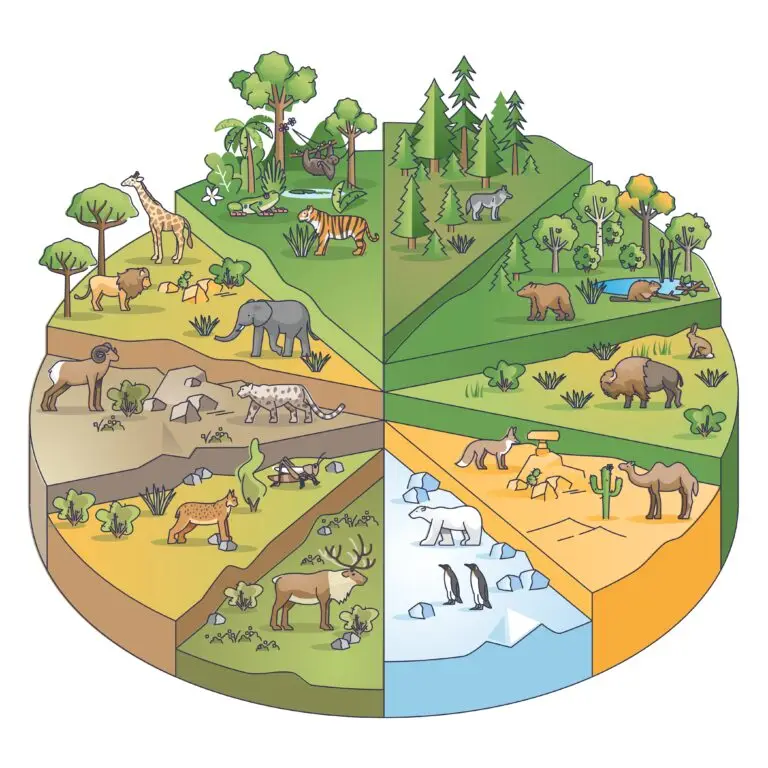Habitat

Table of Contents
What is a Habitat?
Habitat refers to the specific environment or place where an organism or community of organisms lives and thrives. It encompasses biotic (living) and abiotic (non-living) factors that collectively provide the necessary conditions for the organisms’ survival, growth, and reproduction.
Key Components of a Habitat
Abiotic Factors
Abiotic factors include non-living components of the habitat, such as soil, climate, temperature, water availability, sunlight, and physical features of the landscape. These factors influence the type of organisms that can inhabit a particular area.
Biotic Factors
Biotic factors encompass all living organisms within the habitat, including plants, animals, fungi, bacteria, and other microorganisms. Interactions among these organisms, such as competition, predation, and symbiosis, play a crucial role in shaping the habitat.
Microhabitats
Within a larger habitat, smaller, specialized microhabitats may offer unique conditions. For example, the understorey of a forest or the crevices between rocks can be microhabitats with distinct characteristics.
Habitat Selection
Species exhibit habitat selection, choosing specific habitats that suit their needs based on food availability, nesting sites, and climate. This selection is influenced by the species’ evolutionary history and ecological requirements.
Examples of Habitats
Examples of habitats include forests, grasslands, deserts, wetlands, coral reefs, freshwater lakes, and marine ecosystems. Each habitat has distinct features that shape the types of organisms found within it.
Related Links
Biodiversity
Carnivore
Competition
Niche